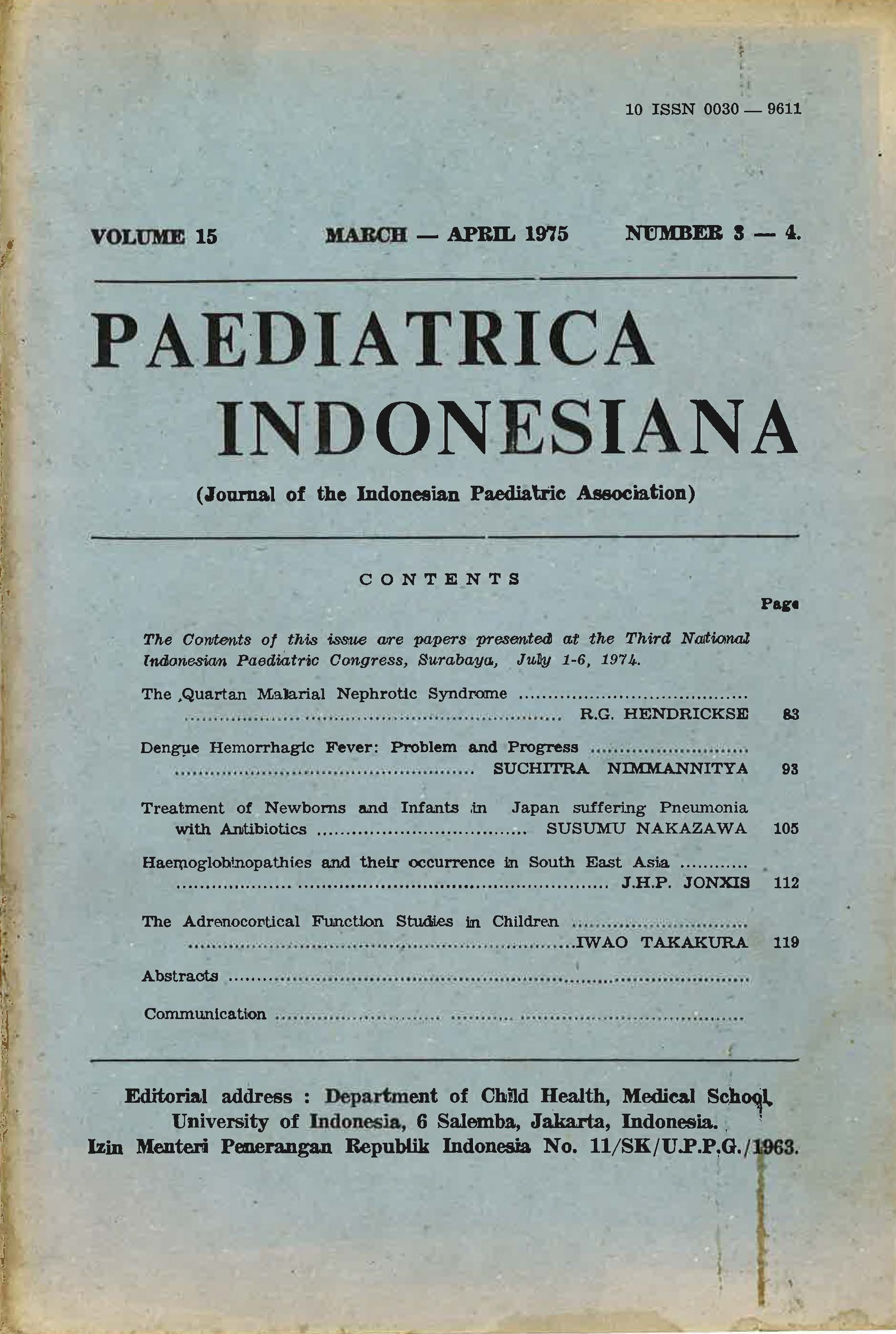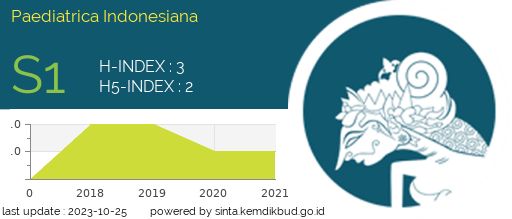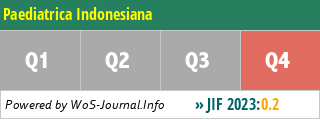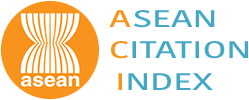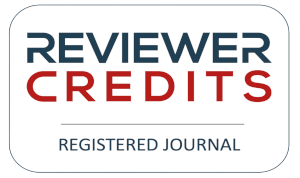The Adrenocortical Function Studies in Children
DOI:
https://doi.org/10.14238/pi15.3-4.1975.120-4Keywords:
Adrenocortical function, endocrinological states, children, hydroxycorticosteroid.Abstract
The recent advances in the laboratory procedures make it possible to study endocrinological states in children more easily and more accurately even in the neonatal period. The successes in purification and the determination of chemical structures of various hormones and their releasing factors make it possible to carry out various loading tests. The progress in the measurement of various hormones and their metabolites especially in the field of radioimmunoassay is really remarkable.If we took adrenocortical function studies as an example, urinary 17 hydroxycorticosteroid was the only reliable item about ten years ago, then plasma 17-OHCS determination using Porter-Silver chromogen was introduced followed by plasma 11-OHCS determination with fluorescence spectrophotometry. Then, cortisol production rate determination became possible using radio-isotope dilution technique, and at present, plasma cortisol can be measured directly with protein competitive radio-immunoassay. Thus, the adrenocortical function studies in the pediatric age group has become easier and more reliable. The author likes to present some endocrinological results in children using various methods and now they can be applied in the clinical work.
Downloads
Published
How to Cite
Issue
Section
License
Authors who publish with this journal agree to the following terms:
Authors retain copyright and grant the journal right of first publication with the work simultaneously licensed under a Creative Commons Attribution License that allows others to share the work with an acknowledgement of the work's authorship and initial publication in this journal.
Authors are able to enter into separate, additional contractual arrangements for the non-exclusive distribution of the journal's published version of the work (e.g., post it to an institutional repository or publish it in a book), with an acknowledgement of its initial publication in this journal.
Accepted 2017-05-24
Published 2017-05-29

